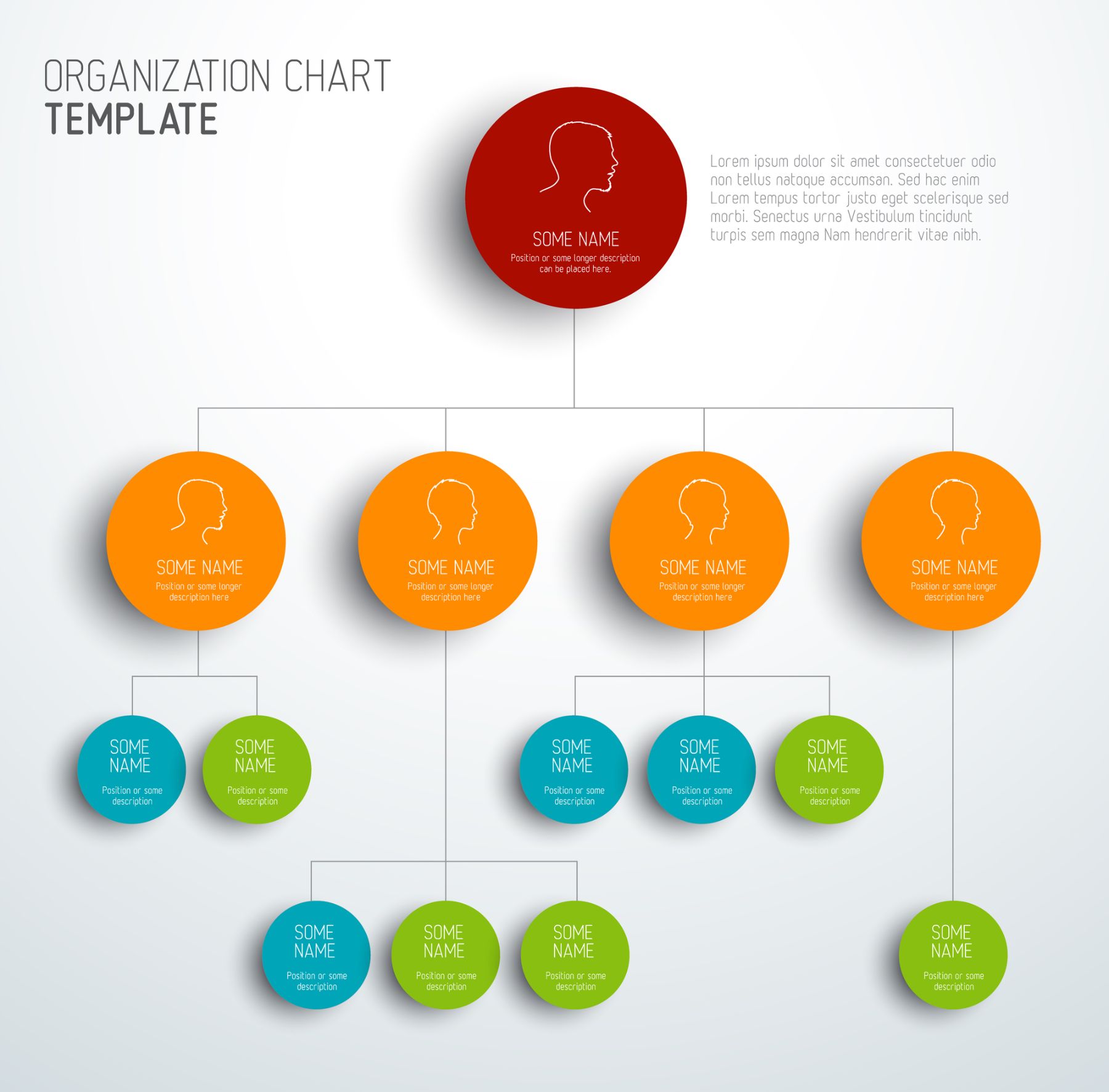Quality management is important not only to ensure that a final product functions but meets or exceeds expectations and fulfills the requirements defined.
Recently I have been managing user acceptance testing (UAT) for a client, which involves:
- Reviewing accepted requirements
- Defining test scripts
- Working with the client team to identify resources to perform testing
As issues are identified, we report to the development team and track status throughout the resolution process. A structured approach to UAT ensures key items are not missed or time and effort are not wasted.
I have also completed quality management activities internally for netlogx, including a periodic, independent audit of project documentation and support in final deliverable review against quality checklists.
When moving forward with projects and products, you can use findings from past quality review activities that can help you:
- Refine criteria
- Identify risks
- Improve processes
- Prevent defects or issues before they happen
I have found that continual improvement is key to quality management success. Although periodic quality activities (e.g. audit) are necessary, the informal day-to-day management of quality is critical. It is not a one-time process. Building a culture of continuous improvement means that everyone is responsible for quality.

